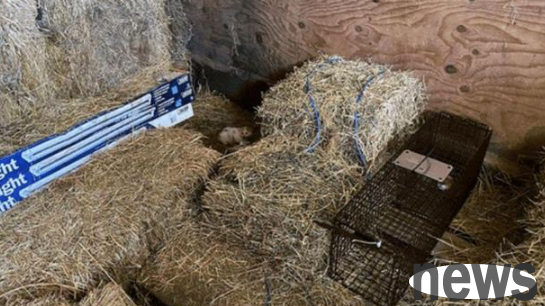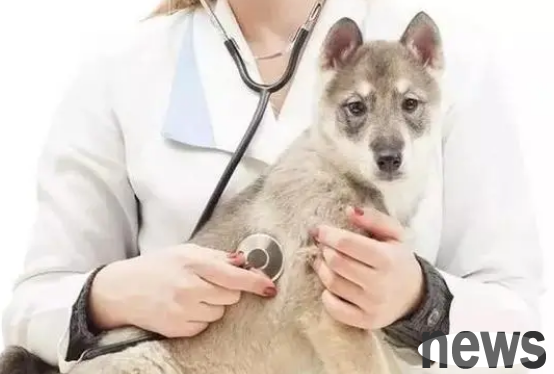1 in 4 pets suffers from arthritis. 4 tips for early prevention
Whether cats or dogs, joints will degenerate with age, and the rate of arthritis will also increase. But since they cannot speak, they often can only endure the pain silently. By the time the external symptoms become very obvious, the problem is often already serious!

What is arthritis in dogs and cats?
"Arthritis" is a general term for bone and joint diseases. It is a chronic and progressive disease caused by trauma, congenital abnormalities of joints, joint deformities, cartilage rupture or destruction, etc. It is a relatively common and frequent disease in cats and dogs.
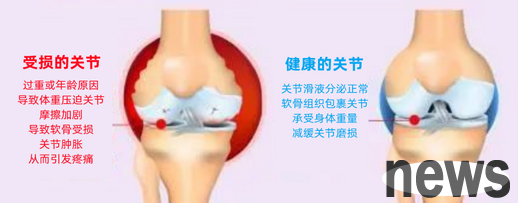
According to survey statistics, more than 20% of cats and dogs over 1 year old suffer from osteoarthritis to varying degrees, and the incidence rate increases with age: about 95% of the cases occur in dogs over 5 years old, and more than 90% of cats over 12 years old have arthritis symptoms in X-ray examination.
Why do you suffer from arthritis?
In addition to age and physical aging, arthritis is usually related to weight, breed and living habits. For example, overweight dogs and cats are a dangerous group.
In addition, due to genetic defects, breeds such as corgis, dachshunds, and fold-eared cats are more likely to have congenital joint problems, while large dog breeds such as golden retrievers and Labradors are also prone to congenital hip joint problems, which may later lead to degenerative osteoarthritis.
Fold-eared cats are affected
Although cats and dogs do not cry out in pain, if you observe that they move slowly, stand, sit, or walk in strange postures, or have difficulty getting up or going up and down stairs, you should be aware that they may be silently enduring the discomfort caused by arthritis.
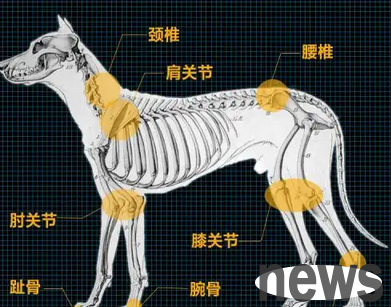
Common areas where arthritis occurs
How to determine whether you have arthritis?
Cats and dogs cannot speak, and their endurance is much stronger than that of humans. But as long as the shit collector pays more attention in daily life, he can still find something wrong with them early!
Sign 1: Limping
When a cat or dog appears to be limping when walking, and the possibility of trauma, sprain, or fracture has been ruled out, there is usually a very high probability that it is due to arthritis.
Sign 2: Difficulty jumping
The cat or dog that was once keen on climbing high and low suddenly only stayed on the flat ground, and could not even jump on slightly higher sofas or stools. It was probably because of the pain and discomfort in the joints that it gave up its favorite high places.
Sign 3: Spinal Problems
Arthritis not only occurs in the legs, but sometimes also occurs in the spines of cats and dogs, and it will be accompanied by special pain in the head, lameness, and strange postures of the hind limbs.

Sign 4: Tiredness and lack of energy
Cats and dogs who like to go out and parkour are suddenly too lazy to walk, and the rest time in between is getting longer and longer. In fact, it is because arthritis cannot bear the weight of the body, and the overload causes discomfort.
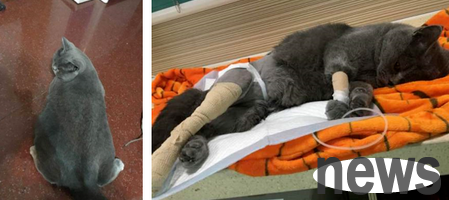
Sign 5: Irritable and aggressive
Sick and uncomfortable cats and dogs will become irritable and irritable with normal petting, and will express their dissatisfaction by scratching and biting to vent their physical discomfort.
Sign 6: Muscle atrophy and deformation
Reluctance to exercise due to joint discomfort. Lack of exercise leads to muscle atrophy... Over time, a vicious cycle is formed. It is just a joint problem, and it affects the muscles of the entire leg.

Sign 7: Frequent biting of the body
In order to relieve the discomfort caused by arthritis, some pets will lick and bite the sick parts. Although such behavior can make them feel more comfortable psychologically, long-term licking and biting will cause saliva to continuously wet the hair, which can lead to itching, hair loss, dandruff and other skin conditions.

Early prevention can effectively reduce the chance of illness!
It should be noted that unlike other curable diseases: arthritis is irreversible! ! Once the disease develops, relevant treatment methods can only reduce inflammation and relieve pain to relieve discomfort, but they cannot completely cure it!
Therefore, the best way to deal with arthritis is "early prevention". You can start from these 4 key points in your daily life!
(1) Weight Control
Being overweight will have various negative effects on the health of cats and dogs, especially their joints.
Weight control requires a two-pronged approach of "diet + exercise", regular and quantitative feeding every day, and avoiding unlimited self-service eating and overfeeding of snacks.
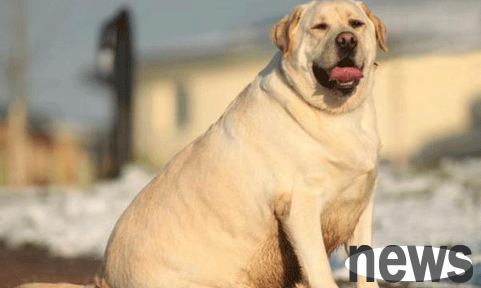
(2) Moderate exercise
In addition to diet control, exercise is also important. It is recommended that dogs take a walk for at least 20 minutes every day. If the dog has obvious mobility difficulties, it can go swimming or on a water treadmill. Cats at home can use toys such as cat sticks to increase their play time.
However, special attention should be paid to try not to let the furry child stand on only its hind feet, or jump violently, or go up and down stairs, etc., to avoid increasing the wear and tear of the joint cartilage tissue.

(3) Improve the living environment
Slippery floors and large height differences at home are also factors that increase the burden on pets' joints.
Poop owners can shave the soles of their feet regularly and lay anti-slip mats at home to prevent pets from slipping or exerting force on their limbs in the wrong direction, aggravating joint discomfort. In addition, pet stairs or thick mats can also be placed next to the sofa and bed to avoid jumping up and down violently, which may aggravate joint impact.

(4) Take joint health products
Daily health care of cat and dog joints is also very important. You can usually supplement natural foods and nutritional health products containing glucosamine, chondroitin, hyaluronic acid, and non-denatured type II collagen to enhance joint nutrient absorption and maintain healthy operation..
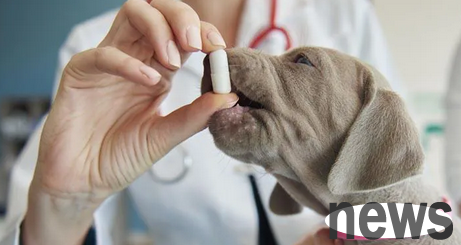
Healthy joints are really important for pets who naturally rely on exercise!
Although it is common for bones and joints to have problems with age and the deterioration of body functions, poop scavengers must observe more and protect them early so that they can run freely for a longer time!
Article source: Boqi.com-Today’s Toutiao


